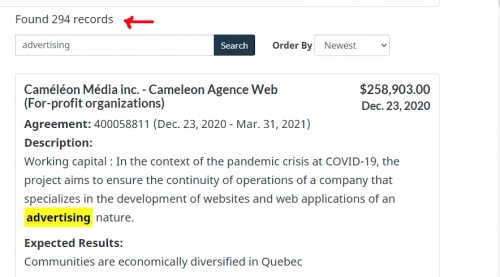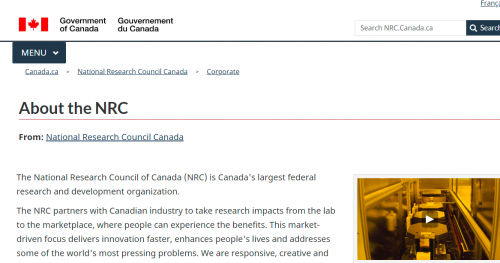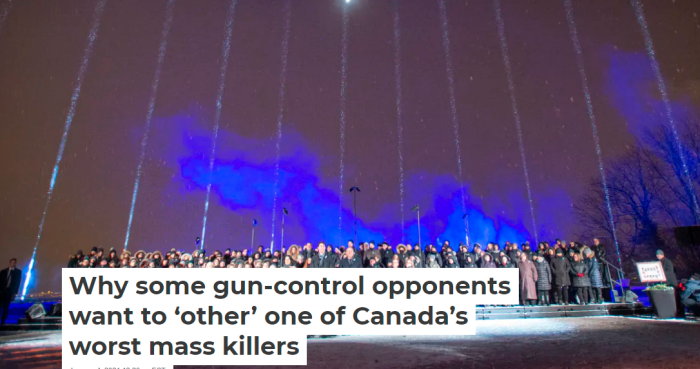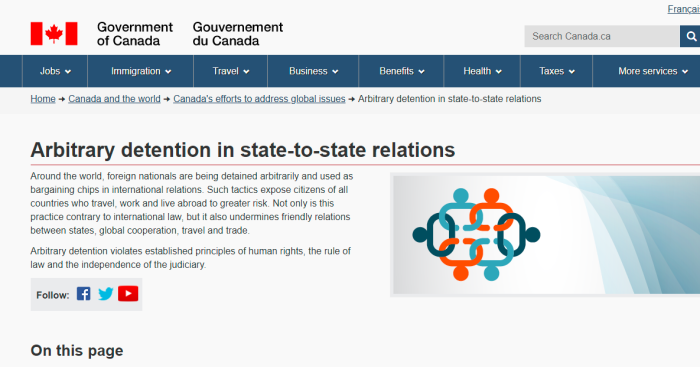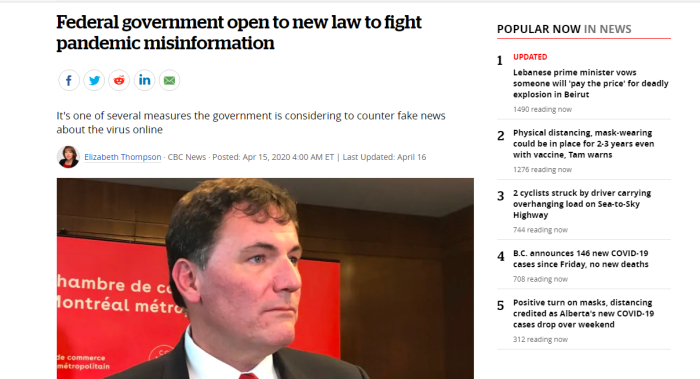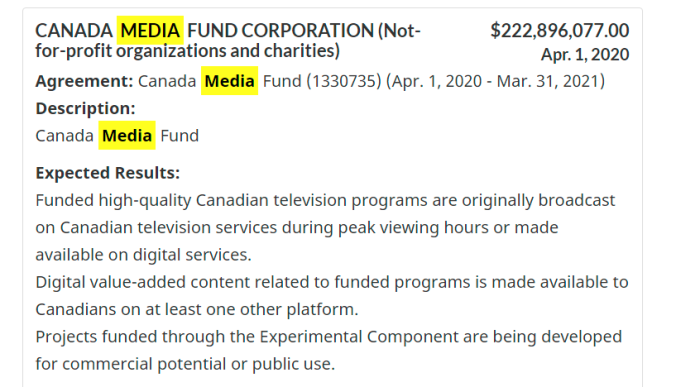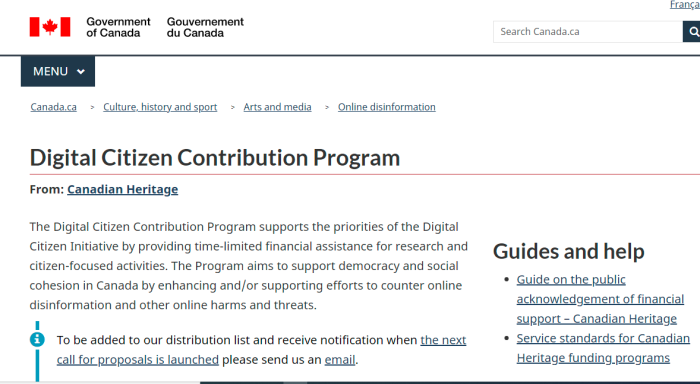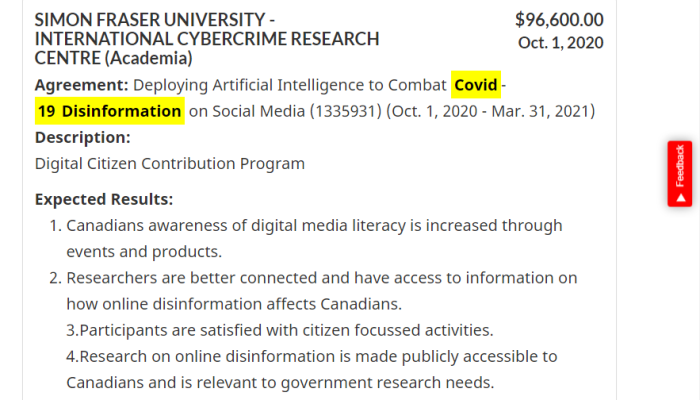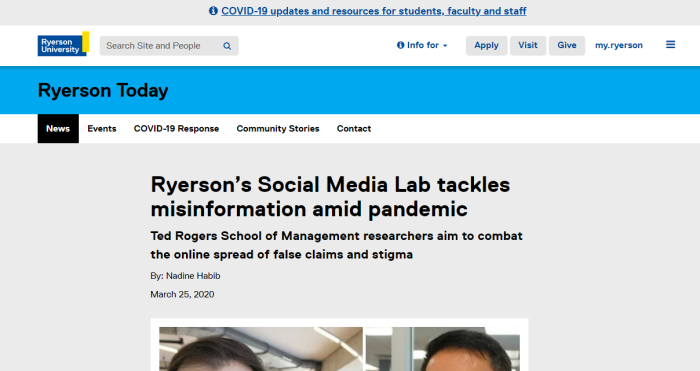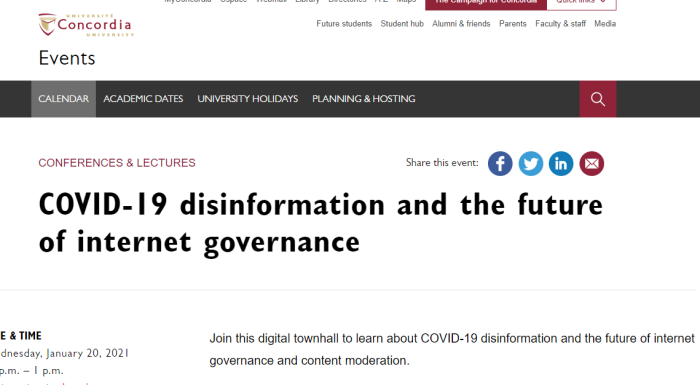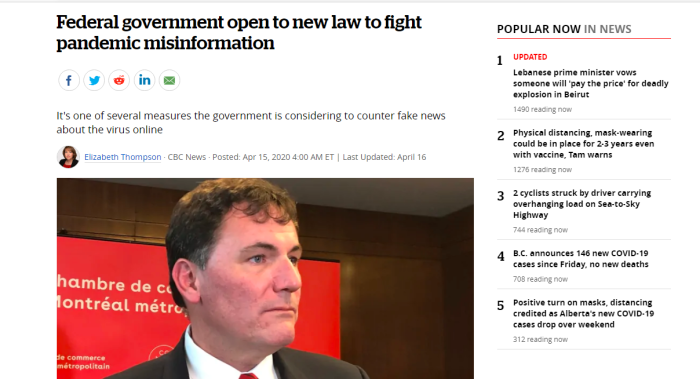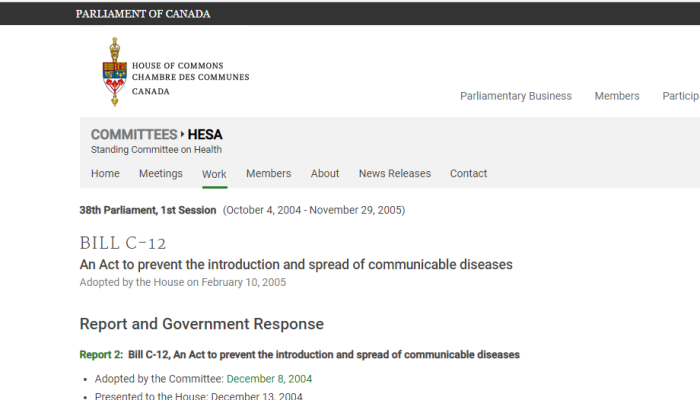
Welcome to the second part of the Provincial Health Acts of Canada. As you will see, elements of the 2005 Quarantine Act are written into them.
1. Other Articles On CV “Planned-emic”
The rest of the series is here. Many lies, lobbying, conflicts of interest, and various globalist agendas operating behind the scenes, obscuring the vile agenda called the GREAT RESET. The Gates Foundation finances: the WHO, the US CDC, GAVI, ID2020, John Hopkins University, Imperial College London, the Pirbright Institute, the BBC, and individual pharmaceutical companies. The International Health Regulations are legally binding. The Postmedia empire and the “independent” media are paid off, as are the fact-checkers. The virus was never isolated, PCR tests are a fraud, as are forced masks, social bubbles, and 2m distancing.
2. Important Links
https://www.ourcommons.ca/Committees/en/HESA/StudyActivity?studyActivityId=981075
https://www.ourcommons.ca/DocumentViewer/en/38-1/HESA/report-2/
(AB) https://www.qp.alberta.ca/documents/Acts/P37.pdf
(SK) https://www.canlii.org/en/sk/laws/stat/ss-1994-c-p-37.1/11022/ss-1994-c-p-37.1.html
(MB) https://web2.gov.mb.ca/laws/statutes/ccsm/p210e.php
(ON) https://healthunit.org/wp-content/uploads/Health_Protection_and_Promotion_Act.pdf
CLICK HERE, for earlier piece on Provincial Health Acts
(QC) http://legisquebec.gouv.qc.ca/en/ShowDoc/cs/S-2.2
(NB) http://laws.gnb.ca/en/showfulldoc/cs/P-22.4//20210220
(NS) https://nslegislature.ca/sites/default/files/legc/statutes/health%20protection.pdf
(NL) https://www.assembly.nl.ca/Legislation/sr/statutes/p37-3.htm
(PEI) Prince Edward Island Public Health Act
(YK) https://legislation.yukon.ca/acts/puhesa.pdf
3. Quebec Public Health Act
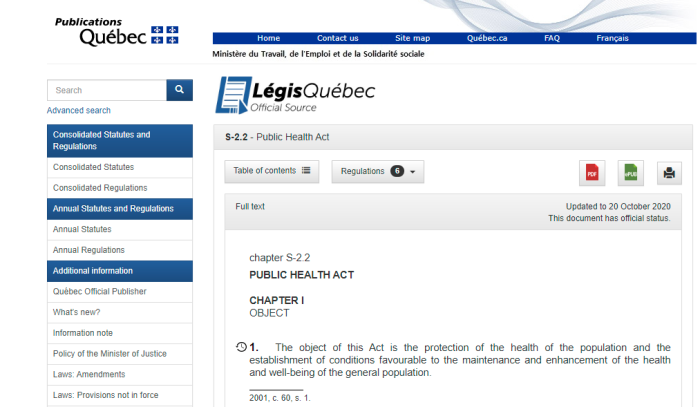
5. Public health actions must be directed at protecting, maintaining or enhancing the health status and well-being of the general population and shall not focus on individuals except insofar as such actions are taken for the benefit of the community as a whole or a group of individuals.
.
6. This Act is binding on the Government, on government departments and on bodies that are mandataries of the State.
CHAPTER IX
COMPULSORY TREATMENT AND PROPHYLACTIC MEASURES FOR CERTAIN CONTAGIOUS DISEASES OR INFECTIONS
DIVISION I
CONTAGIOUS DISEASES OR INFECTIONS AND COMPULSORY TREATMENT
83. The Minister may, by regulation, draw up a list of the contagious diseases or infections for which any person affected is obligated to submit to the medical treatments required to prevent contagion.
.
The list may include only contagious diseases or infections that are medically recognized as capable of constituting a serious threat to the health of a population and for which an effective treatment that would put an end to the contagion is available.
2001, c. 60, s. 83.
84. Any health professional with the authority to make a medical diagnosis or to assess a person’s state of health who observes that a person is likely suffering from a disease or infection to which this division applies must take, without delay, the required measures to ensure that the person receives the care required by his or her condition, or direct the person to a health and social services institution able to provide such treatments.
2001, c. 60, s. 84; 2020, c. 6, s. 25.
85. In the case of certain diseases or infections identified in the regulation, any health or social services institution having the necessary resources must admit as an emergency patient any person suffering or likely to be suffering from one of those diseases or infections. If the institution does not have the necessary resources, it must direct the person to an institution able to provide the required services.
2001, c. 60, s. 85.
86. Any health professional with the authority to make a medical diagnosis or to assess a person’s state of health who becomes aware that a person who is likely suffering from a disease or infection to which this division applies is refusing or neglecting to submit to an examination must notify the appropriate public health director as soon as possible.
.
Such a notice must also be given by any such professional who observes that a person is refusing or neglecting to submit to the required medical treatment or has discontinued a treatment that must be completed to prevent contagion or a recurrence of contagion.
2001, c. 60, s. 86; 2020, c. 6, s. 26.
87. Any public health director who receives a notice under section 86 must make an inquiry and, if the person refuses to be examined or to submit to the appropriate treatment, the public health director may apply to the Court for an order enjoining the person to submit to such examination or treatment.
2001, c. 60, s. 87.
88. A judge of the Court of Québec or of the municipal courts of the cities of Montréal, Laval or Québec having jurisdiction in the locality where the person is to be found may, if the judge believes on reasonable grounds that the protection of the health of the population so warrants, order the person to submit to an examination and receive the required medical treatment.
.
In addition, the judge may, if the judge believes on serious grounds that the person will refuse to submit to the examination or to receive the treatment, order that the person be taken to an institution maintained by a health or social services institution for examination and treatment. The provisions of section 108 apply to that situation, with the necessary modifications.
2001, c. 60, s. 88.
DIVISION II
COMPULSORY PROPHYLACTIC MEASURES
.
89. The Minister may, for certain contagious diseases or infections medically recognized as capable of constituting a serious threat to the health of a population, make a regulation setting out prophylactic measures to be complied with by a person suffering or likely to be suffering from such a disease or infection, as well as by any person having been in contact with that person.
.
Isolation, for a maximum period of 30 days, may form part of the prophylactic measures prescribed in the regulation of the Minister.
.
The regulation shall prescribe the circumstances and conditions in which specific prophylactic measures are to be complied with to prevent contagion. It may also require certain health or social services institutions to admit as an emergency patient any person suffering or likely to be suffering from one of the contagious diseases or infections to which this section applies, as well as any person who has been in contact with that person.
2001, c. 60, s. 89.
90. Any health professional who observes that a person is omitting, neglecting or refusing to comply with the prophylactic measures prescribed in the regulation made under section 89 must notify the appropriate public health director as soon as possible.
.
The director must make an inquiry and, if the person refuses to comply with the necessary prophylactic measures, the director may apply to the Court for an order enjoining the person to do so.
The provisions of section 88 apply to that situation, with the necessary modifications.
The director may also, in the case of an emergency, use the powers conferred by section 103, and sections 108 and 109 apply to such a situation.
2001, c. 60, s. 90.
91. Despite any decision of the Court ordering the isolation of a person, isolation must cease as soon as the attending physician, after consulting the appropriate public health director, issues a certificate to the effect that the risk of contagion no longer exists.
Good old Quebec, where doctors can have you forcibly detained and “treated” based on the vague suspicion that you may have a communicable illness. And of course, the Court can have you locked up and isolated for 30 days at a time based on these suspicions.
4. New Brunswick Public Health Act
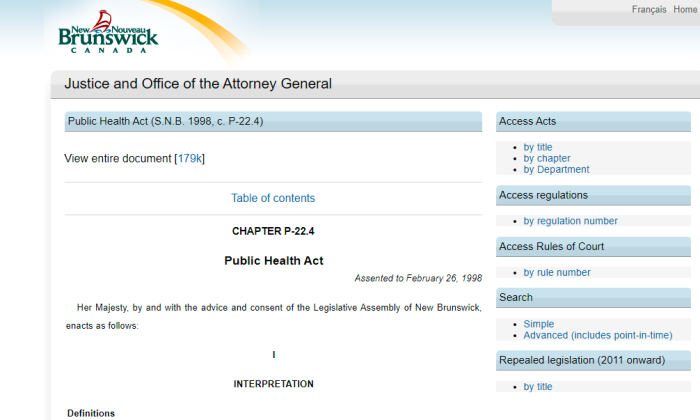
Duty to report contacts
2002, c.23, s.10; 2017, c.42, s.35
31A medical practitioner, nurse practitioner, midwife or nurse shall, in accordance with the regulations, report the person’s contacts related to a notifiable disease or notifiable event prescribed by regulation to a medical officer of health or person designated by the Minister, if the medical practitioner, nurse practitioner, midwife or nurse
(a) provides professional services to a person who has a notifiable disease prescribed by regulation or has suffered a notifiable event prescribed by regulation, or
(b) provided professional services to a deceased person before that person’s death and that person had a notifiable disease prescribed by regulation or had suffered a notifiable event prescribed by regulation.
2002, c.23, s.10; 2007, c.63, s.10; 2011, c.26, s.4; 2017, c.42, s.36
Duty to report refusal or neglect of treatment
2017, c.42, s.37
32A medical practitioner or nurse practitioner shall report to a medical officer of health, in accordance with the regulations, if a person who is under the care and treatment of the medical practitioner or the nurse practitioner in respect of a Group I notifiable disease refuses or neglects to continue the treatment in a manner and to a degree satisfactory to the medical practitioner or the nurse practitioner, as the case may be.
2017, c.42, s.38
Order respecting notifiable disease
2017, c.42, s.39
33(1)Subject to subsection (2), a medical officer of health by a written order may require a person to take or refrain from taking any action that is specified in the order in respect of a notifiable disease.
.
33(2)A medical officer of health may make an order under this section if he or she believes on reasonable grounds,
(a) that a notifiable disease exists or may exist in a health region,
(b) that the notifiable disease presents a risk to the health of persons in the health region, and
(c) that the requirements specified in the order are necessary to prevent, decrease or eliminate the risk to health presented by the notifiable disease.
33(3)In an order under this section, a medical officer of health may specify the time or times when or the period or periods of time within which the person to whom the order is directed must comply with the order.
33(4)An order under this section may include, but is not limited to,
(a) requiring any person that the order states has or may have a notifiable disease or is or may be infected with an agent of a notifiable disease to isolate himself or herself and remain in isolation from other persons,
.
(b) requiring the person to whom the order is directed to submit to an examination by a medical practitioner or a nurse practitioner and to deliver to the medical officer of health a report by the medical practitioner or nurse practitioner as to whether or not the person has a notifiable disease or is infected with an agent of a notifiable disease,
(c) requiring the person to whom the order is directed in respect of a disease that is a notifiable disease to place himself or herself under the care and treatment of a medical practitioner or nurse practitioner without delay, and
.
(d) requiring the person to whom the order is directed to conduct himself or herself in such a manner as not to expose another person to infection.
This is the Public Health Act of New Brunswick.
5. Nova Scotia Health Protection Act

COMMUNICABLE DISEASES
Powers respecting communicable diseases
32 (1) Where a medical officer is of the opinion, upon reasonable and probable grounds, that
(a) a communicable disease exists or may exist or that there is an immediate risk of an outbreak of a communicable disease;
(b) the communicable disease presents a risk to the public health; and
(c) the requirements specified in the order are necessary in order to decrease or eliminate the risk to the public health presented by the communicable disease, the medical officer may by written order require a person to take or to refrain from taking any action that is specified in the order in respect of a communicable disease
32 (3) Without limiting the generality of subsection (1), an order
made under this Section may
(a) require the owner or occupier of premises to close the premises or a part of the premises or to restrict access to the premises;
(b) require the displaying of signage on premises to give notice of an order requiring the closing of the premises;
(c) require any person that the order states has been exposed or may have been exposed to a communicable disease to quarantine himself or herself from other persons;
(d) require any person who has a communicable disease or is infected with an agent of a communicable disease to isolate himself or herself from other persons;
(e) require the cleaning or disinfecting, or both, of the premises or any thing specified in the order;
(f) require the destruction of any matter or thing specified in the order;
(g) require the person to whom the order is directed to submit to an examination by a physician who is acceptable to a medical officer and to deliver to the medical officer a report by the physician as to whether or not the person has a communicable disease or is or is not infected with an agent of a communicable disease;
(h) require the person to whom the order is directed in respect of a communicable disease to place himself or herself forthwith under the care and treatment of a physician who is acceptable to a medical officer;
(i) require the person to whom the order is directed to conduct himself or herself in such a manner as not to expose another person to infection.
Court may ensure compliance
38 (1) Where, upon application by a medical officer, a judge of the provincial court is satisfied that
(a) a person has failed to comply with an order by a medical officer made under to Section 32 that
(i) the person quarantine himself or herself from other persons,
(ii) the person isolate himself or herself from other persons,
(iii) the person submit to an examination by a physician who is acceptable to the medical officer,
(iv) the person place himself or herself under the care and treatment of a physician who is acceptable to the
medical officer, or
(v) the person conduct himself or herself in such a manner as not to expose another person to infection,
the judge may order that the person who has failed to comply with the order of the medical officer
(b) be taken into custody and be admitted to and detained in a quarantine facility named in the order;
(c) be taken into custody and be admitted to, detained and treated in an isolation facility named in the order;
(d) be examined by a physician who is acceptable to the medical officer to ascertain whether or not the person is infected with an agent of a communicable disease; or
(e) where found on examination to be infected with an agent of a communicable disease, be treated for the disease.
(2) Where an order made by a judge pursuant to subsection (1) is to be carried out by a physician or other health professional, the failure of the person subject to such an order to consent does not constitute an assault or battery against that person by the physician or other health professional should the order be carried out.
(3) A physician or other health professional carrying out an order pursuant to subsection (1) may obtain such assistance from a peace officer or other person as the physician or health professional reasonably believes is necessary.
(4) A judge shall not name an isolation facility or quarantine facility in an order under this Section unless the judge is satisfied that the isolation facility or quarantine facility is able to provide detention, care and treatment as required for the person who is the subject of the order. 2004, c. 4, s. 38.
Authority to apprehend and isolate or quarantine
39 (1) An order made under Section 38 is authority for any person to
(a) locate and apprehend the person who is the subject of the order; and
(b) deliver the person who is the subject of the order to the isolation facility or quarantine facility named in the order or to a physician for examination.
(2) An order made under Section 38 may be directed to a police force that has jurisdiction in the area where the person who is the subject of the order may be located, and the police force shall do all things reasonably able to be done to locate, apprehend and deliver the person to an isolation or quarantine facility in the jurisdiction where the person was apprehended or to an isolation or quarantine facility specified in the order.
(3) A person who apprehends a person who is the subject of an order pursuant to subsection (2) shall promptly
(a) inform the person of the reasons for the apprehension and of the person’s right to retain and instruct counsel without delay; and
(b) tell the person where the person is being taken.
(4) An order made under clause 38(1)(c) is authority to detain the person who is the subject of the order in the isolation facility named in the order and to care for and examine the person and to treat the person for the communicable disease in accordance with generally accepted medical practice for a period of not more than four months from and including the day that the order was issued.
(5) An order made under clause 38(1)(b) is authority to detain the person who is the subject of the order in the quarantine facility named in the order and to care for and examine the person for the incubation period of the communicable disease as determined by the judge.
Nova Scotia, like the others, can force a person to submit to a “medical examination” and do whatever is demanded of the health care provider
6. Newfoundland Public Health
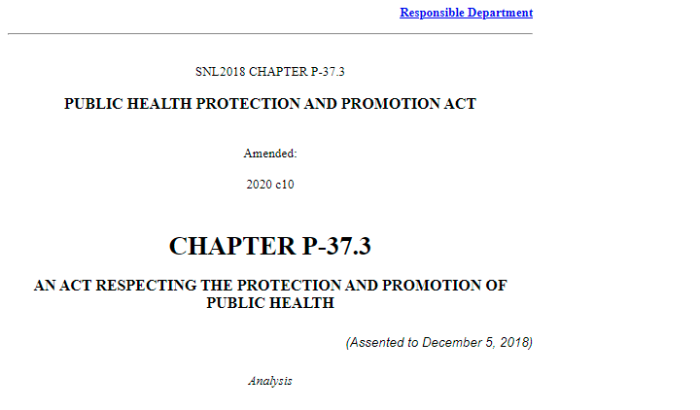
Communicable disease orders
32. (1) A regional medical officer of health may make a communicable disease order under this section where he or she has reasonable grounds to believe that
(a) a communicable disease exists or may exist or that there is an immediate risk of an outbreak of a communicable disease;
(b) the communicable disease presents a risk to the health of the population; and
(c) the order is necessary to prevent, eliminate, remedy, or mitigate the risk to the health of the population.
(2) A regional medical officer of health may make a communicable disease order in respect of a person who has or may have a communicable disease or is infected with an infectious agent and the order may do one or more of the following:
(a) require the person to submit to an examination by a specified health care professional at a specified health facility on or before a particular date or according to a schedule;
(b) require the person to isolate himself or herself from other persons, including in a specified health facility;
(c) require the person to conduct himself or herself in a manner that will not expose other persons to infection or to take other precautions to prevent or limit the direct or indirect transmission of the communicable disease or infectious agent to those who are susceptible to the communicable disease or infectious agent or who may spread the communicable disease or infectious agent to others;
(d) prohibit or restrict the person from attending a school, a place of employment or other public premises or from using a public conveyance;
(e) prohibit or restrict the person from engaging in his or her occupation or another specified occupation or type of occupation;
(f) prohibit or restrict the person from leaving or entering a specified premises;
(g) require the person to avoid physical contact with, or being near, a person, animal or thing;
(h) require the person to be under the supervision or care of a specified person;
(i) require a person to provide information, records or other documents relevant to the person’s possible infection to a specified person;
(j) require a person to provide samples of the person’s clothing or possessions to a specified person;
(k) require a person to destroy contaminated clothing or possessions;
(l) require a person to provide specimens previously collected from the person to a specified person;
(m) where a regional medical officer of health has reasonable grounds to believe that the person has a communicable disease or is infected with an infectious agent, require the person to undergo treatment specified in the order or by a specified health care professional, including attending a specified health facility, where there is no other reasonable method available to mitigate the risks of the infection;
(n) require a person to disclose the identity and location of the persons with whom the person may have had contact or whom the person may have exposed to the communicable disease or infectious agent; or
(o) require the person to take, or prohibit the person from taking, an action prescribed in the regulations.
Apprehension orders and treatment orders generally
.
37. (1) A regional medical officer of health or a person subject to an apprehension order or treatment order may apply to the Supreme Court to vary, terminate or suspend the order.
(2) Where the application is made by a regional medical officer of health, the variation, termination or suspension of an apprehension order or treatment order may be issued on an application made under subsection (1) without notice and in the absence of the person subject to the order.
(3) Where the application is made by the person subject to the order, the apprehension order or treatment order shall not be varied, terminated or suspended unless the regional medical officer of health has been served with the application made under subsection (1).
(4) An apprehension order and a treatment order shall specify the health facility where the person subject to the order shall be detained, isolated, quarantined, examined and treated.
(5) Notwithstanding another provision of this Act, a judge shall not specify a health facility in an apprehension order or treatment order unless he or she is satisfied that the health facility is able to provide for the detainment, isolation, quarantine, examination or treatment as required in the order.
(6) Where an apprehension order or treatment order has been made, the person in charge of the health facility specified in the order shall ensure that
(a) the person subject to an apprehension order is detained, isolated or quarantined in accordance with the order; and
(b) the person subject to a treatment order is examined and treated in accordance with the order.
(7) The person in charge of the health facility specified in an apprehension order or treatment order shall immediately report to the regional medical officer of health regarding
(a) the results of the examination and treatment of the person subject to the order;
(b) the health status of the person subject to the order; and
(c) any change in the diagnosis or health status of the person subject to the order.
(8) A regional medical officer of health shall monitor the treatment and condition of a person subject to an apprehension order or treatment order and shall issue a certificate authorizing the release and discharge of the person immediately where he or she is of the opinion that
(a) the person is no longer infectious with a communicable disease; and
(b) discharging the person would not present a serious risk to the health of the population.
(9) A regional medical officer of health shall file a certificate issued under subsection (8) with the court that issued the apprehension order or treatment order.
(10) Notwithstanding any term or condition of an apprehension order or treatment order, the order is terminated immediately upon the issuance of a certificate under subsection (8) or the termination of the order under subsection 46(5).
Newfoundland & Labrador, like the other Provinces, allows for “medical officers” to order people detained and subjected to treatment, based on suspicions. The text is almost identical to the others.
7. Prince Edward Island Public Health

42. Order of court to detain, examine or treat a person
(1) The Chief Public Health Officer may make an application to the court for an order under this section where a person has failed to comply with an order issued by the Chief Public Health Officer in respect of a communicable disease specified in the regulations that
(a) the person isolate himself or herself and remain in isolation from other persons;
(b) the person submit to an examination by a medical practitioner;
(c) the person place himself or herself under the care and treatment of a medical practitioner;
(d) the person conduct himself or herself in such a manner as not to expose another person to infection; and
Public Health Act
.
PART II — PUBLIC HEALTH PROTECTION
Section 42
ct Updated June 12, 2018 Page 25
(e) the person provide information respecting the person’s contacts related to the communicable disease to the Chief Public Health Officer.
Court order
(2) Where the court is satisfied that a person has failed to comply with an order issued by the Chief Public Health Officer under section 39 or 40, the court may order, with respect to the person named in the order, any or all of the following:
(a) that the person be taken into custody and admitted to and detained in a health facility named in the order;
(b) that the person be examined by a medical practitioner to ascertain whether or not a person is infected with an agent of a communicable disease specified in the regulations;
(c) that the person, if found on examination to be infected with an agent of a communicable disease specified in the regulations, be treated for the disease;
(d) that the person, if found on examination to be infected with an agent of a communicable disease specified in the regulations, provide information respecting the person’s contacts related to the communicable disease to the Chief Public Health
Officer.
Ex parte application
(3) An application under subsection (1) may be made ex parte and where so made the court may
make an interim order under subsection (2).
43. Designation of medical practitioner to have responsibility for detained person
The administrator or person in charge of a health facility shall designate a medical practitioner to have responsibility for a person named in an order issued under section 42 who is delivered to a health facility. 2012(2nd),c.20,s.43.
.
44. Medical practitioner to report respecting detained person The medical practitioner responsible for a person named in an order made under section 42 shall report in respect of the treatment and the condition of the person to the Chief Public Health Officer in the manner, at the times and with the information specified by the Chief
Public Health Officer. 2012(2nd),c.20,s.44.
.
45. Extension of period of detention
Where upon application of the Chief Public Health Officer the court is satisfied
(a) that the person continues to be infected with an agent of a communicable disease specified in the regulations; and
(b) that the discharge of the person from the health facility would present a significant risk to the health of the public, the court may by order extend the period of detention for not more than three months, and upon further applications by the Chief Public Health Officer, the court may extend the period of detention and treatment for further periods, each of which shall not be for more than three months. 2012(2nd),c.20,s.45.
Prince Edward Island allows Courts to detain people for up to 3 months at a time, and all under the guise of public health. Not that it will ever be abused for political reasons.
8. Medical Tyranny As “Public Health”
The content of these carious Provincial Health Acts overlaps considerably. These unelected medical officers are able to detain people, close businesses, and suspend basic liberties, all under the pretense of public safety.
In any other context, this would be considered dictatorial. But this gets a pass from the mainstream media. Wonder why they don’t address it.
Many Other Periodicals Receiving Government Subsidies
Other Subsidies Propping Up Canadian Media
Taxpayer Subsidies To Combat CV “Misinformation”
Aberdeen Publishing Sells Out, Takes Subsidies
Postmedia Periodicals Getting Covid Subsidies
Canadian Media Subsidized By Taxpayers, Biased
Media Subsidies To Combat Online Misinformation

